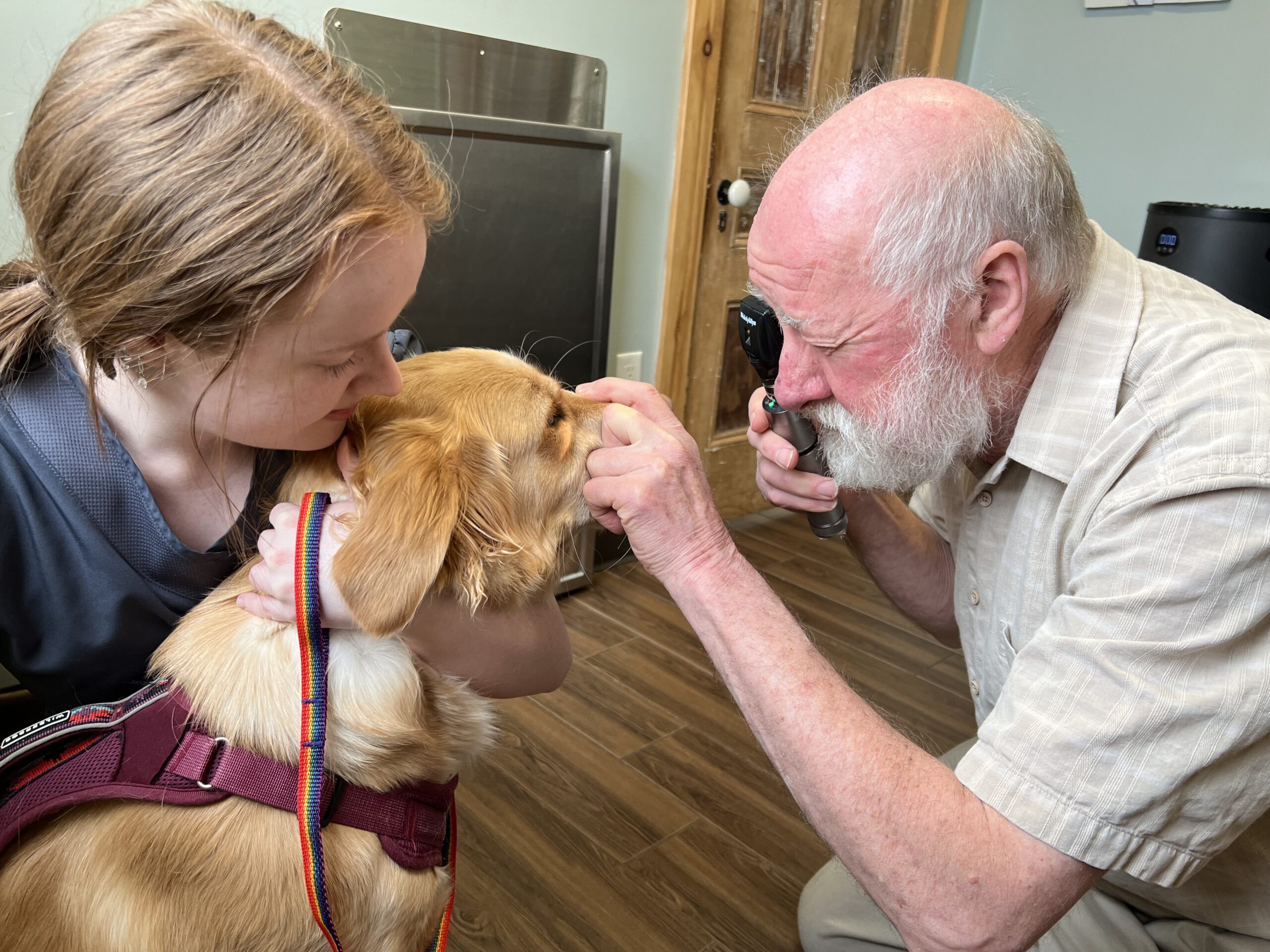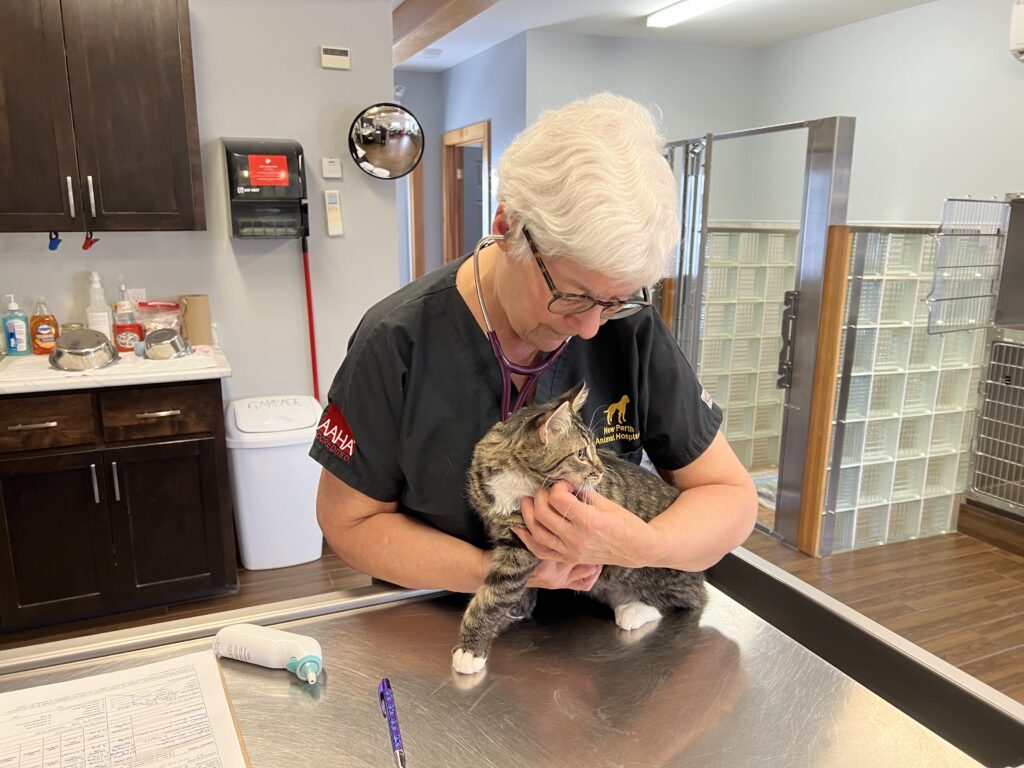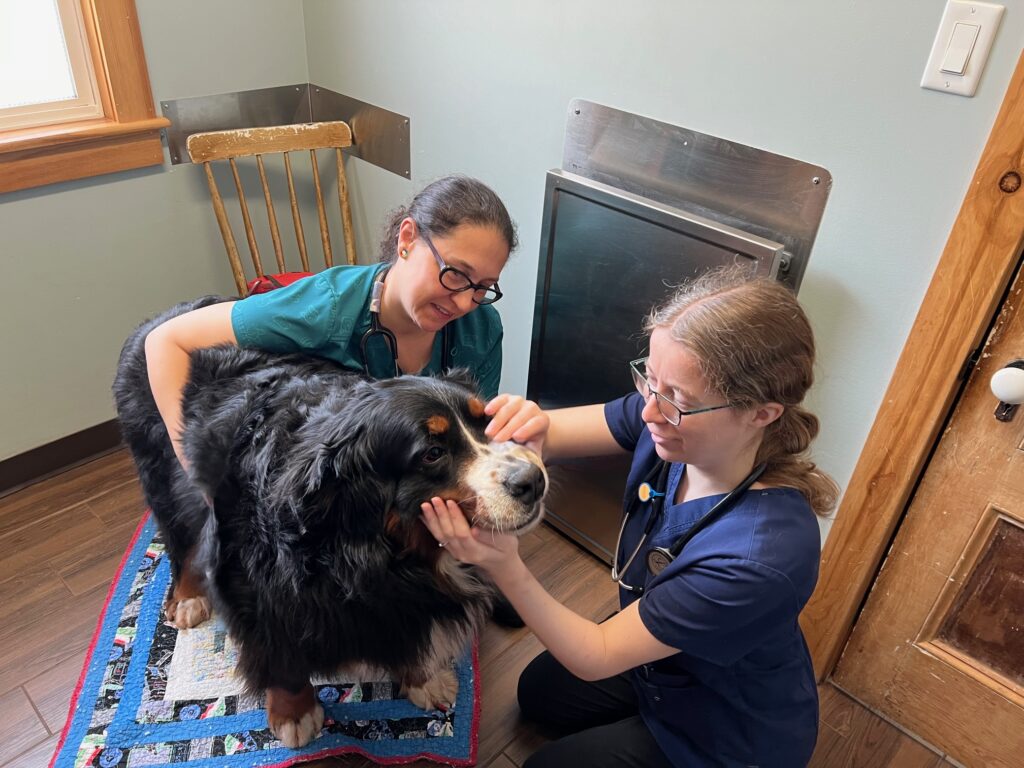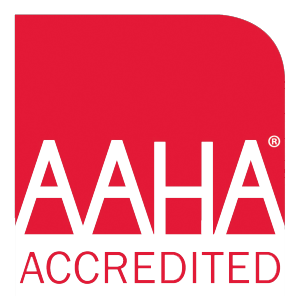The Value of Annual Veterinary Exams

Dr. Dave and Gracie starting to examine Juniper by checking her eyes
With changes to recommended vaccine schedules you might find that unlike in years past we’re not always updating vaccines at annual exams. This has led to some questions as to why we still like to see your pets yearly and what we’re actually doing at an annual exam. Read on for an explanation of what happens during an annual exam and the value it brings to your pet’s health.
The History
The first step in any annual exam is to ask history questions to see what has been going on with your pet since we saw them last. Has their behaviour changed in any way? Do they spend most of their time indoors or outside? Are they in contact with other animals? Are they eating normally? Are they having normal stools or are they soft? Firm? Are they drinking more or less? Has their energy level changed or are they sleeping more? Have they traveled off island or are they home bodies?
These are just some of the many types of questions we will likely ask, and depending on your answers, this may prompt more questions or even recommendations for certain diagnostic tests.

The Physical Exam
At every annual exam your pet will receive a tip to tail examination beginning with some general assessments before we “dive” into individual body systems.
When your pet walks in, we will watch how they move – Are they favouring a certain leg? Are they walking with a hunched back? Are they reacting to their environment normally or are there any concerns with their hearing or vision?
The next step is to assess their weight and body condition. Has their weight stayed stable from their last visit or has it gone up or down? Weight increases are something that can creep up on owners especially if it’s happening gradually. Where you see your pet every day, you may not realize your pet has actually put on a substantial amount of weight and is in need of a weight loss plan. Your pet may also have lost weight, which can be concerning if their exercise levels or dietary intake have not been changed intentionally.
We then move to the hands-on part of the physical exam, which can include but is not necessarily limited to the following:
- Vitals assessment – Temperature, heart rate and respiratory rate.
- Oral cavity – Is your pet developing dental tartar and gingivitis? Are there any missing or broken teeth? Oral masses?
- Eyes – Is there discharge present? Redness? Are the eyes clear or hazy?
- Ears – Is there discharge present? A strong smell? Redness or swelling? Excess hair in the canals?
- Cardiovascular – Is the heart rate normal and steady? Is a heart murmur present that may not have been there before?
- Respiratory – Is the rate and effort of your pet’s breathing normal? Do the lungs sound clear or are there abnormal crackles or wheezes present?
- Lymph nodes – Are they normal sized or enlarged?
- Skin and Integument – Is their haircoat soft and silky? Do they have excess dandruff or dry skin present? Are there any new or changing lumps or masses present?
- Musculoskeletal – Is there any decreased range of motion? Pain or a grating sensation (called crepitus) present on flexion/extension of joints?
What Do We Do With This Information?
If your pet’s physical exam is all normal and there are no concerning changes in their history there isn’t much more to do at this time other than continue on regular preventatives such as vaccines (if any are due), flea, tick and worm medications. If things are changing there is a lot we can do to but it can be very important to pick up these changes early so we can make the most difference to their health.
Certain changes such as increased drinking or weight loss may lead us to recommend tests such as blood work or a urinalysis. A new heart murmur may prompt us to recommend chest x-rays. The results of these tests may prompt us to start your pet on medications or indicate the need for even further, more specialized tests.
The development of a significant amount of dental tartar or gingivitis would prompt us to recommend a dental assessment and cleaning under anesthesia. Preventative dental cleanings are very important to help maintain not only oral health, but also systemic health as well. Many older pets face complicated extractions because dental cleanings were not performed soon enough to save the teeth. Owners are often surprised to learn that their pet has been suffering from painful dental issues because they just don’t stop eating! It is not uncommon for an owner to tell us their pet is a “totally new pet” once dental issues have been treated and resolved.
If your pet has gained a few too many pounds we would discuss weight loss plans including increased exercise and specific weight loss diets. If they are also showing signs of arthritis, we may recommend the addition of joint supplements or even pain medications.
By assessing your pet yearly we are able to find these issues sooner and have the ability to intervene before they worsen.

What About Biannual Exams?
In certain cases we start recommending twice yearly exams rather than just annual exams. If your pet is diagnosed with a chronic health condition such as diabetes or hyperthyroidism we like to check in more regularly to be sure that their disease is still stable. Older patients who are entering their senior years also benefit from more regular examinations as they are more likely than a younger animal to have significant changes in their health status in a shorter period of time.
Our Goals
Just like you, we want to do everything we can to ensure that your pet lives their absolute best life. We want our patients to live long, happy, comfortable and pain-free lives with the families who love them.




